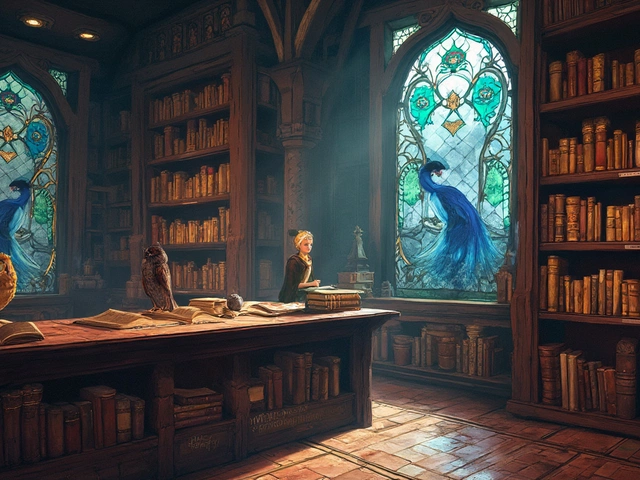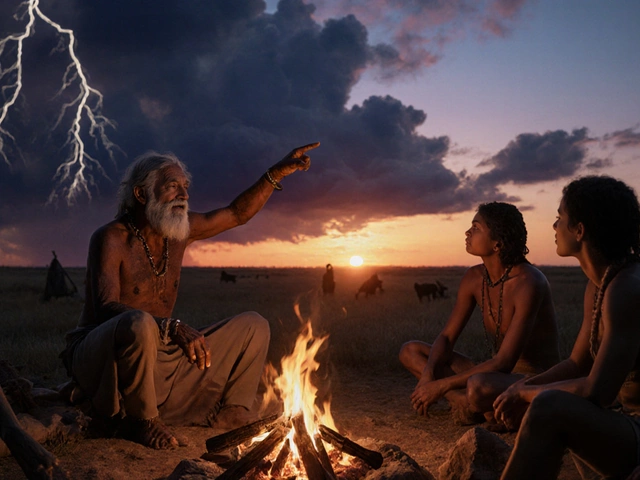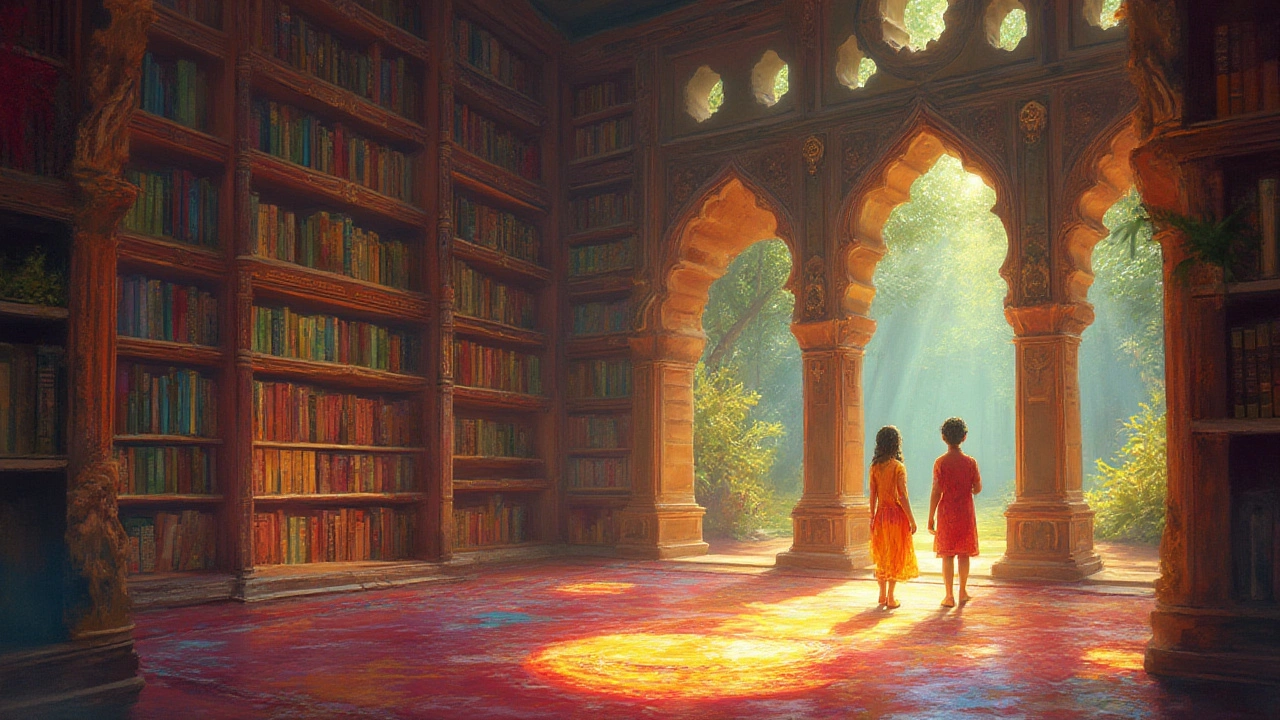
You know those stories that set the entire tone for a genre? The Big 3 of fantasy fiction didn’t just pave the road; they built a full-blown highway and tossed every aspiring writer the keys. If you’ve ever wandered the fantasy section in a bookstore or scrolled through Reddit debates, the same three names keep surfacing like reliable friends at a late-night campfire. There’s something magnetic about these stories—their worlds are sprawling, their characters are memorable, and honestly, they’re the reason half of us started daydreaming about dragon sidekicks or secret royal bloodlines.
The Titans: The Lord of the Rings, A Song of Ice and Fire, and The Wheel of Time
If you’re after the fantasy world’s most towering landmarks, you’ll keep coming back to these three: J.R.R. Tolkien’s "The Lord of the Rings," George R.R. Martin’s "A Song of Ice and Fire," and Robert Jordan’s "The Wheel of Time." If you’re thinking, “Wait, what about Harry Potter?”—that’s a valid question, but we’re focusing on the epic, sprawling adult epics that shaped the genre into what it is today. Here’s why these three series keep their grip on readers, generation after generation:
- The Lord of the Rings is the granddaddy of them all. Published between 1954 and 1955, Tolkien’s work pretty much sculpted every future fantasy map, magic system, and reluctant hero you’ve seen since. The depth of Middle-earth’s history, complete with Elvish languages and intricate lore, set a new standard. Fun fact: Tolkien created entire languages before he even wrote the books. That’s next-level dedication. The trilogy has sold over 150 million copies and still rules pop culture with movies, games, and merch.
- A Song of Ice and Fire, by George R.R. Martin, made its mark with morally ambiguous characters and a plot full of shock-and-awe deaths. When "A Game of Thrones" hit shelves in 1996, fantasy suddenly felt gritty, unpredictable, and political in a way that mirrored the worst (and best) of human nature. Martin’s narrative twists practically invented a new kind of water-cooler conversation. As of 2025, only five out of seven planned books are published, but the series has sold over 90 million copies and powered HBO’s record-breaking TV adaptation.
- The Wheel of Time has the hefty-est word count in the bunch—four million plus, across fourteen books (with a fifteenth, the prequel, tossed in for good measure). Robert Jordan launched the series in 1990, and after his passing, Brandon Sanderson stepped in to finish it based on Jordan’s notes. "Wheel of Time" became known for its detailed world-building, including a magic system that feels scientific, and a massive, ever-growing cast. In 2021, Amazon Prime released a high-budget adaptation, renewing the series’ cultural buzz and introducing it to a new wave of fans.
| Series | Author | Books (#) | Copies Sold | First Book Released |
|---|---|---|---|---|
| The Lord of the Rings | J.R.R. Tolkien | 3 | 150 million+ | 1954 |
| A Song of Ice and Fire | George R.R. Martin | 5 (of 7 planned) | 90 million+ | 1996 |
| The Wheel of Time | Robert Jordan (& Brandon Sanderson) | 14 + prequel | 100 million+ | 1990 |
If you want a shortcut to fantasy expert status, reading these three isn’t just helpful—it’s almost mandatory. The impact they’ve had on everything from D&D campaigns to Hollywood blockbusters can’t be overstated. You’ll spot references to these series everywhere: phrases like “winter is coming,” “the one ring,” or “The Dragon Reborn” have basically become pop-culture shorthand for epic stakes. Plus, these books aren’t afraid to take risks. Whether it’s Tolkien inventing a whole world from scratch, Martin turning tropes upside-down, or Jordan keeping a dizzying parade of characters in line, each brings something distinct to the table.
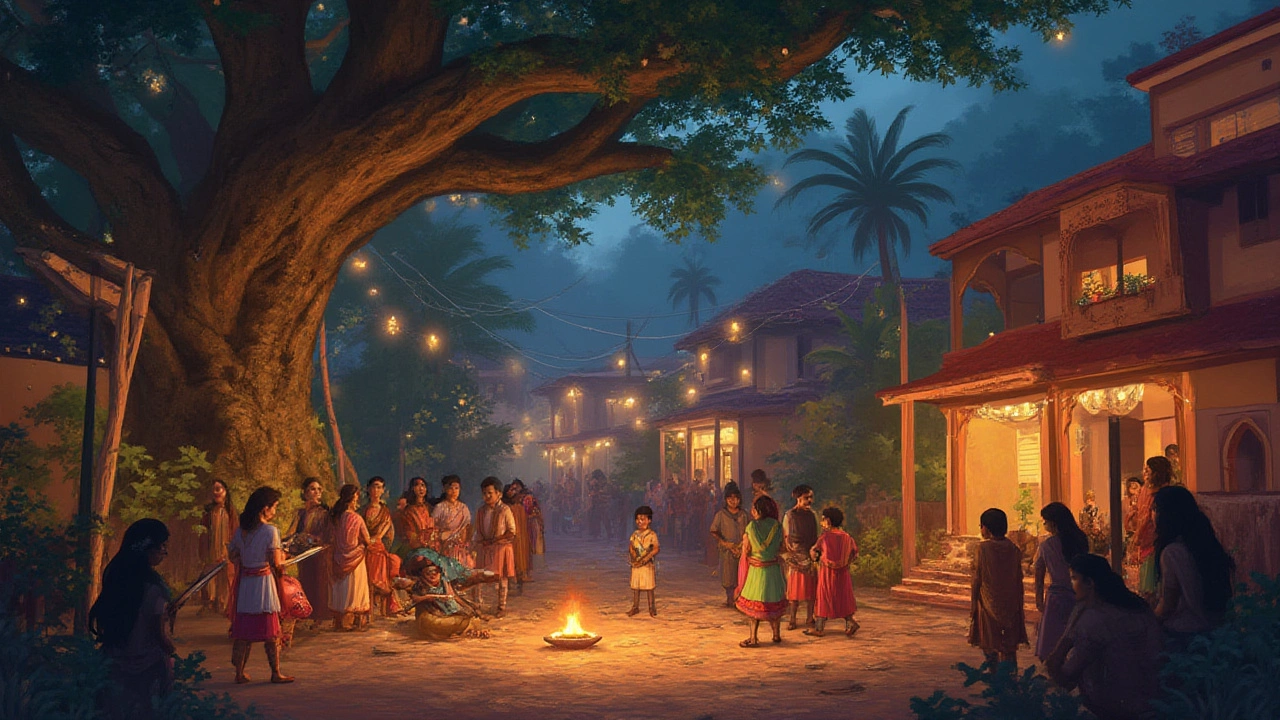
What Makes These Series Stand Out?
If you ask any hardcore fantasy fan or curious newcomer why these three series keep coming up, it always comes down to one thing—they all set the bar, but each does it in a completely different way. Here’s how:
- World-building so real you could walk there. Tolkien spent years filling out genealogies, crafting languages, and drawing maps. Martin was inspired by the history of the War of the Roses, making sure every political move could plausibly happen in our own messy world. Jordan’s magic system (the One Power) is so detailed it has rules, limits, and even its own science-y debates among fans.
- Characters you either root for—or secretly hope will get eaten by a dragon. It’s not all elves and honor; Martin’s characters betray, suffer, and chase ambition, while Jordan’s rotate through heroism, heartbreak, and all the shades between. Tolkien’s hobbits prove even small folk can make an epic difference. The emotional range in these books makes it nearly impossible not to find a favorite—you just might change your mind a few times along the way.
- Pacing that rewards you for patience. None of these series rush the journey. Tolkien wasn’t interested in just battles; he wrote whole chapters on walking and talking trees. Martin’s chapters will end on a cliffhanger or a tragic twist, making you want to sneak read under the covers. Jordan balances pulse-pounding action with politics and prophecy, amping up the tension with every new book.
- Wild cultural reach. These books don’t just live on paper. They’ve been adapted into movies, games, cartoons, and an endless pit of memes. “The Lord of the Rings” movies won 17 Oscars. “Game of Thrones” pretty much took over the last decade of TV. "The Wheel of Time’s" new show landed among Amazon’s most-watched premieres in 2021, drawing viewers from 200+ countries.
You might think, “All right, but aren’t they a little old-school for today’s world?” Sure, they’ve got some quirks from the eras they came from. Tolkien’s work leans a bit traditional, Martin’s can feel grim, and Jordan, well, he liked his prophecies long and winding. But if you grab a fresh cup of coffee, snack, and your favorite “do not disturb” sign, these sagas can sweep you straight in—even in a world fuelled by TikTok swipes and streaming binges. Every modern fantasy series tips its hat to these three, whether they admit it or not.
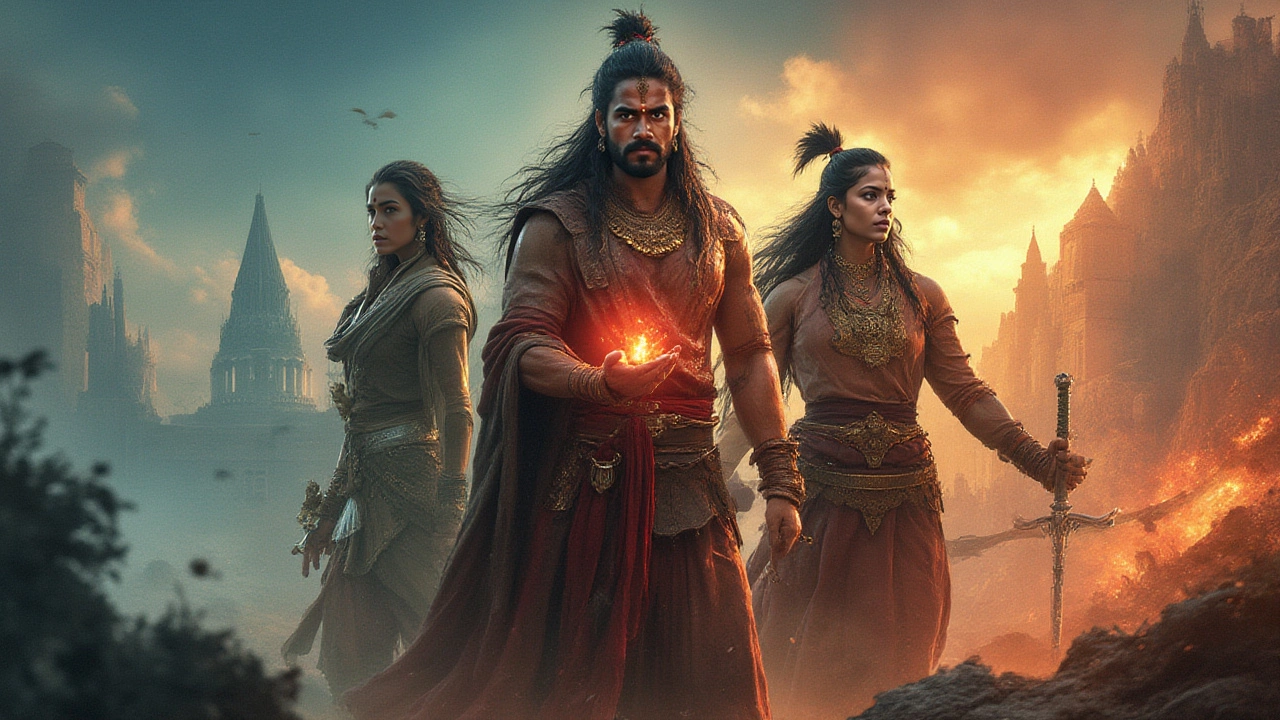
Where to Start, Tips for Newbies, and Fun Facts
So you want to tackle the big three, but getting started feels like staring down three Mount Everests stacked end-to-end? Don’t sweat it. Most readers don’t binge these back-to-back or even in the same year. Each series is a different flavor, and there are plenty of tips that make the climb more fun:
- Pacing yourself is key. These aren’t light, quick reads. They’re more like slow-cooked meals where the payoff comes with patience. If you try to race through “The Lord of the Rings,” for example, you’ll miss out on the beauty of Tolkien’s language and world. “A Song of Ice and Fire” is best when you savor every backstab and tragic twist, keeping a list of who’s alive (or not) handy. “The Wheel of Time” can get dense, so don’t be afraid to use fan guides, character lists, or online timelines.
- Join a community. Discord servers, subreddits, and book clubs are everywhere, full of fans who love talking theory or swapping reading tips. Some groups do chapter-by-chapter readalongs—super helpful if you’re afraid of missing details, or just want memes and wild predictions. There’s even a tradition in the “Wheel of Time” community where fans bake the infamous honeycakes or make lemon cakes for
